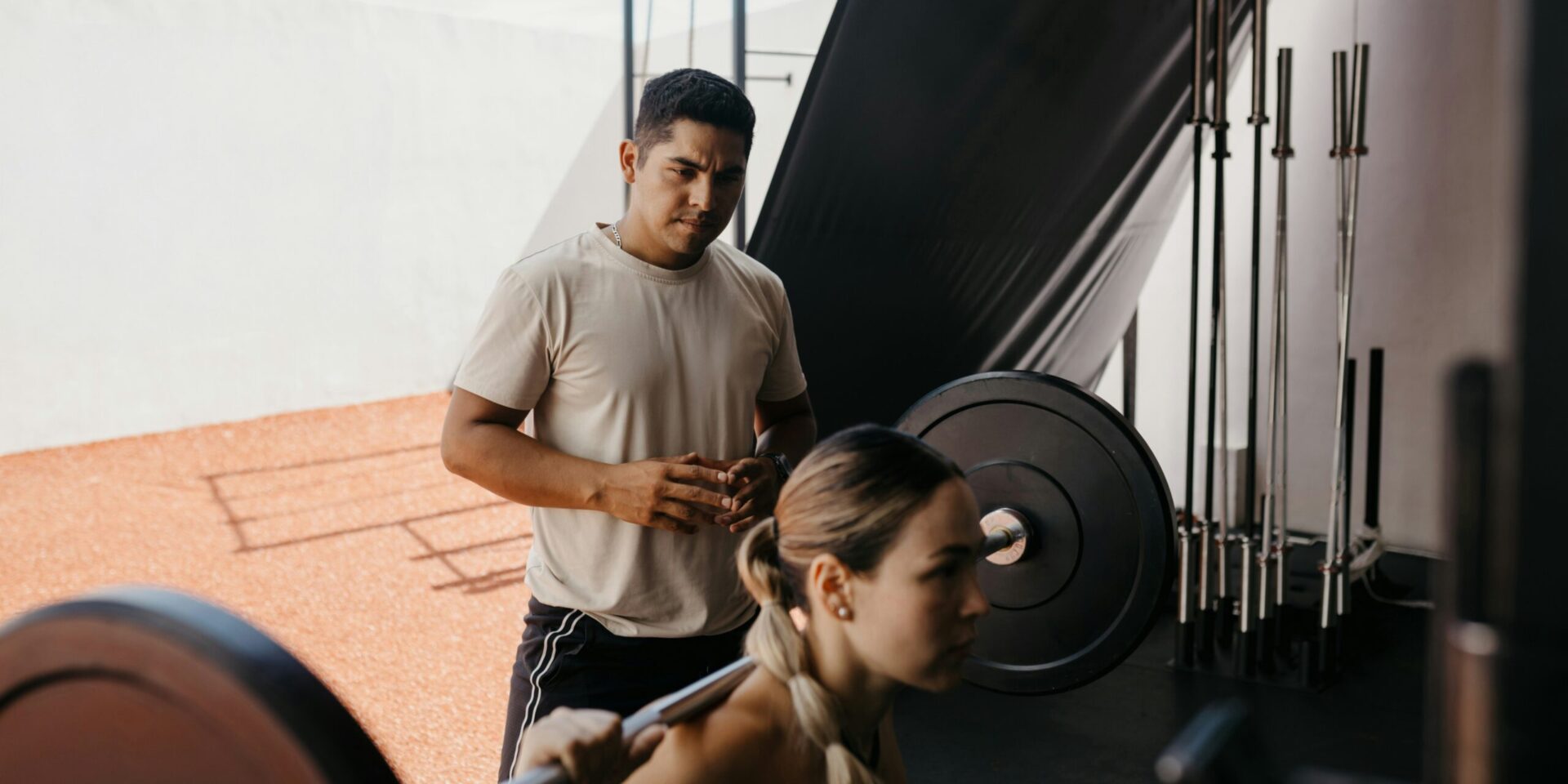In 2025, more men are incorporating Pilates into their fitness routines—not just by attending classes, but also by investing in home equipment like reformer machines, resistance bands, and Pilates-specific mats. This growing interest reflects a wider shift toward workouts that develop core strength, improve mobility, enhance coordination, and build overall stability. These traits are increasingly seen as essential to a well-rounded and sustainable fitness lifestyle.
Market research indicates that the global Pilates equipment and gear industry is projected to grow significantly, reaching a value of around $5.72 billion this year, with a steady rise expected through the end of the decade. North America, led by the United States, continues to dominate the market due to high demand from boutique studios and a growing base of home fitness enthusiasts.
Once viewed primarily as a women’s fitness discipline, Pilates is now being embraced by men seeking efficient and functional strength development. Trainers emphasize that Pilates targets deep core muscles and stabilizers that are often overlooked in traditional gym workouts. It also supports proper alignment and muscle balance, which can reduce injury risk and improve performance in sports or daily activities.
Reformer machines are especially popular among male users. These devices use a sliding carriage and adjustable resistance springs to create controlled tension across multiple muscle groups, allowing for low-impact yet highly effective strength and flexibility training. Resistance bands and Pilates mats complement these setups by offering affordable, versatile tools for home use or travel.
Read Also: https://mensreporter.com/strength-training-and-pilates-on-the-rise-evolving-mens-fitness-in-2025/
The rise of Pilates among men is partly driven by a shift in fitness priorities. Many men, especially those in their 30s and 40s, are prioritizing long-term functionality over muscle size or aesthetic goals. They turn to Pilates to enhance joint health, reduce back pain, and increase their range of motion—benefits that support both athletic endeavors and everyday physical tasks.
Popular culture and media have also played a role in this transformation. Well-known athletes and social media influencers have helped normalize Pilates for male audiences, often highlighting its difficulty, effectiveness, and integration with strength and cardio elements. This visibility has encouraged more men to explore Pilates and invest in gear that allows them to train consistently at home.
Additionally, the growth of at-home fitness since the pandemic has made Pilates gear more appealing. With a wide array of online platforms offering guided routines and progress tracking, Pilates has become a convenient and flexible addition to men’s daily wellness practices. Smart reformers and app-connected accessories are increasingly common, catering to data-oriented users who want to measure performance and recovery.
Cultural perceptions are also evolving. As men move away from the outdated view that Pilates is a low-intensity or feminine workout, they’re discovering the discipline’s benefits for athleticism, posture, injury prevention, and mental focus. More are realizing that strength doesn’t always come from heavy lifting—it can come from control, balance, and mobility.
In 2025, men are investing in Pilates gear not just to follow a trend, but because they recognize its value in promoting long-term physical health, functional movement, and full-body strength. This growing interest signals a broader shift in male fitness culture—one that embraces flexibility, recovery, and resilience as essential components of a modern training regimen.

